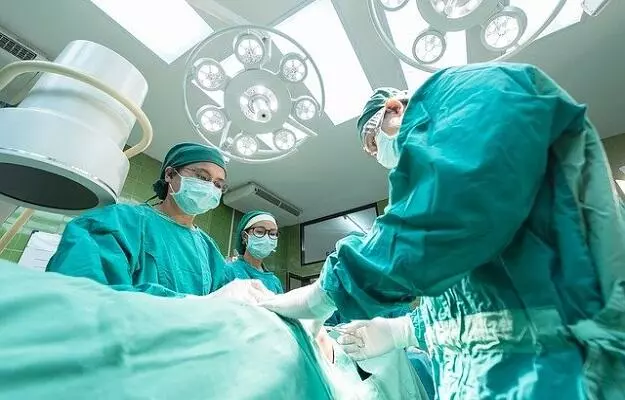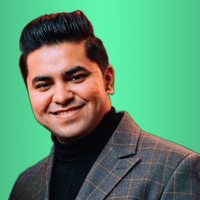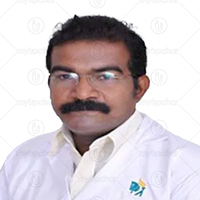Summary
Embolectomy and thrombectomy are surgical procedures to remove blood clots and foreign bodies like air bubbles and fat from blood vessels. A thrombus is a stationary clot in blood vessels. When it gets dislodged and starts moving, it is called an embolus.
As the embolus moves through the blood vessels, it can become stuck. When this happens, the embolus can restrict blood flow and damage the adjacent tissues. An embolism may also occur due to cholesterol deposits, air bubbles, pus and tissue deposits in the blood vessels.
The term thrombectomy is used to describe the removal of a blood clot from arteries or veins, while embolectomy is used to describe the removal of an embolus from the circulatory system.
If you are due to undergo this procedure, your doctor will advise you to start fasting the night before the surgery—you will be allowed to break the fast once you are fit enough to eat/drink after the surgery. Your doctor will also ask you to avoid blood-thinning medicines before the surgery. You will need to get an imaging test before the procedure, to determine the location of the blood clot or embolus.
Before beginning the surgery, the surgeon will inject anaesthesia to numb the surgical site and help you relax during the procedure. Thereafter, he/she will introduce a cut in the area above the embolus or blood clot and remove it.
After the surgery, you may need to take certain medicines to prevent the formation of blood clots in the future.










































